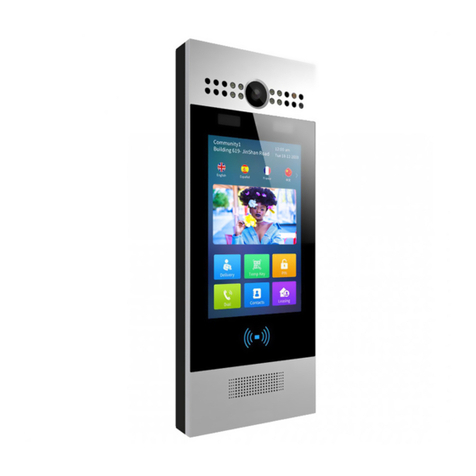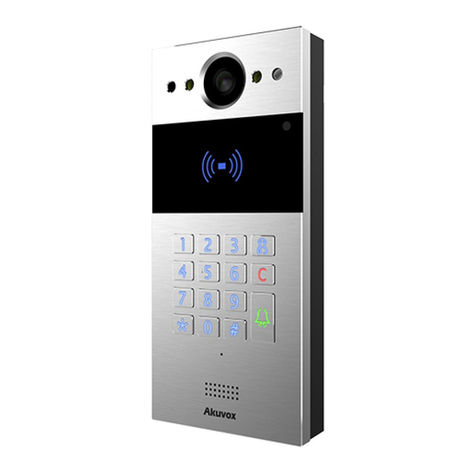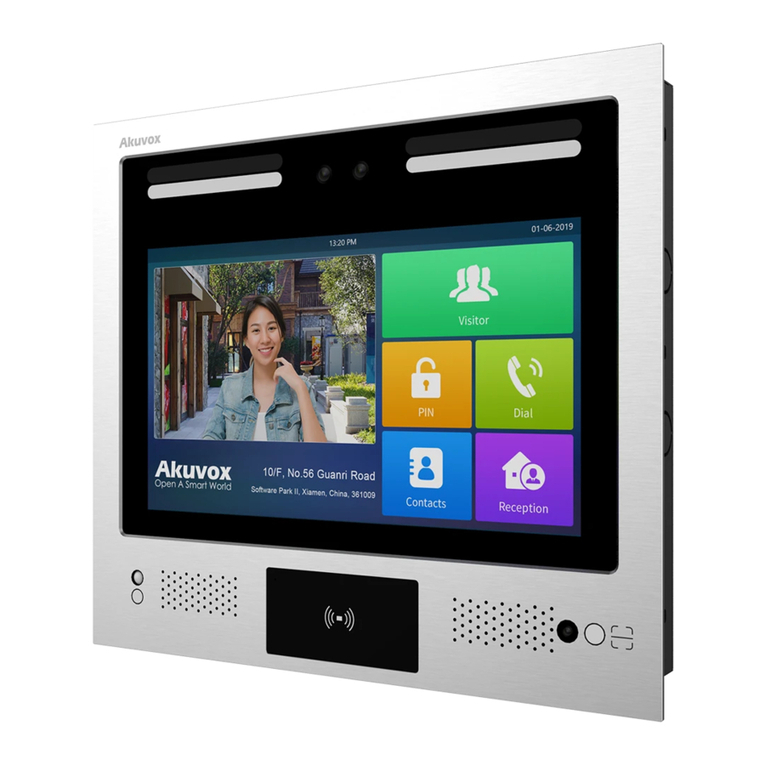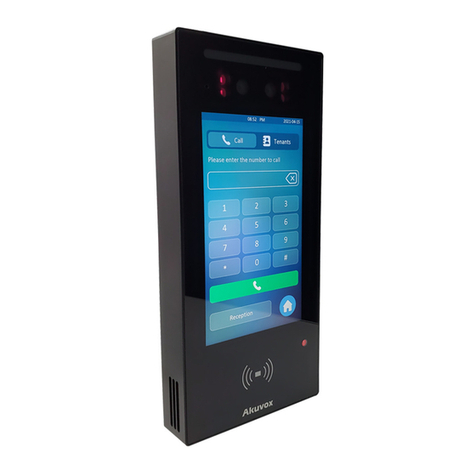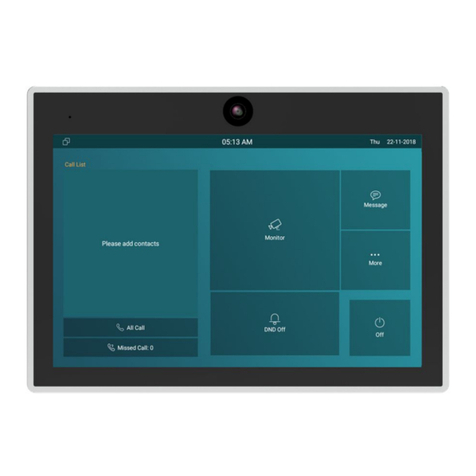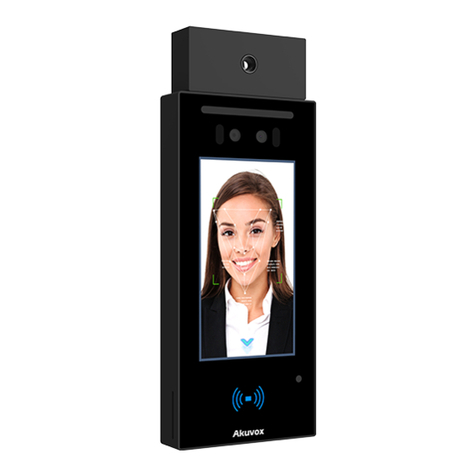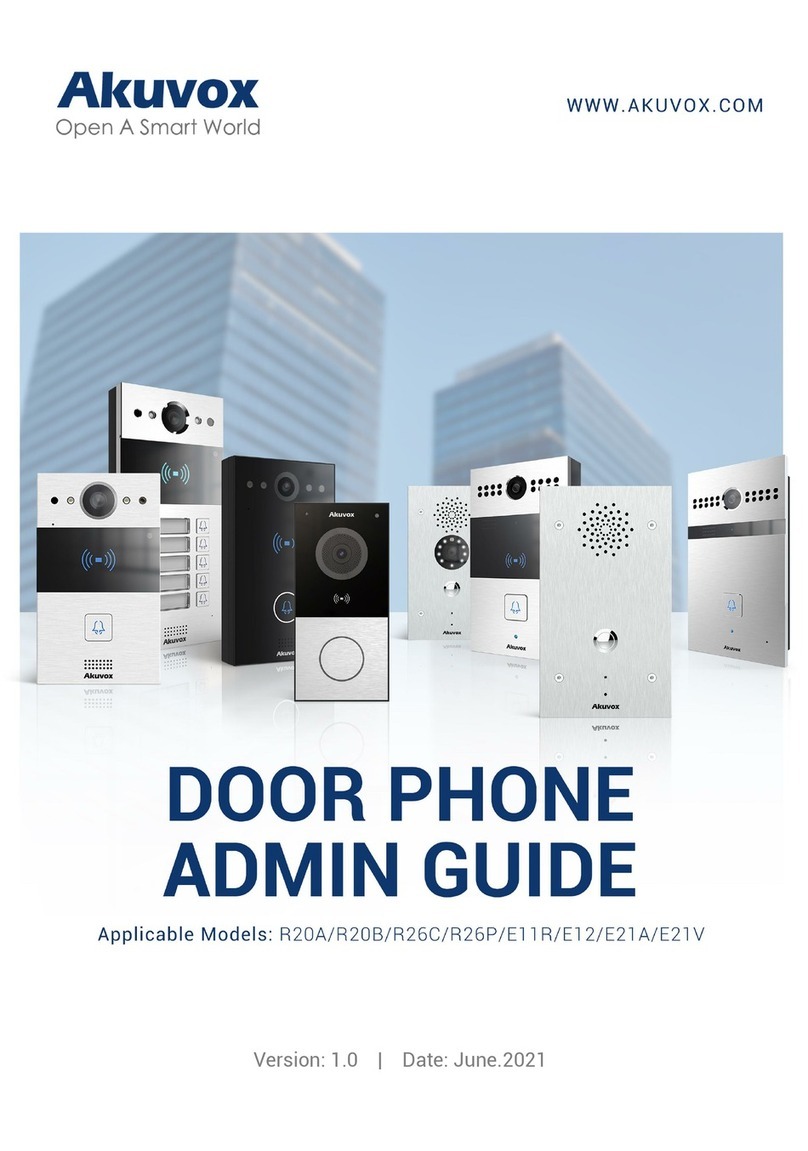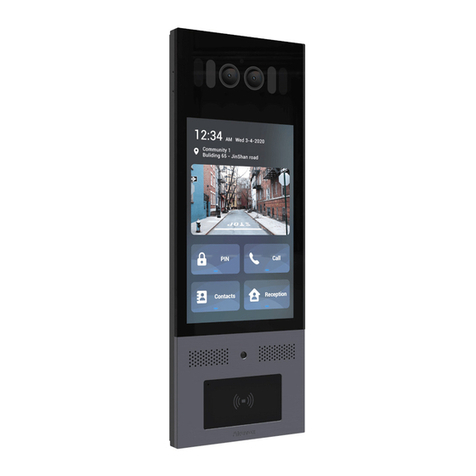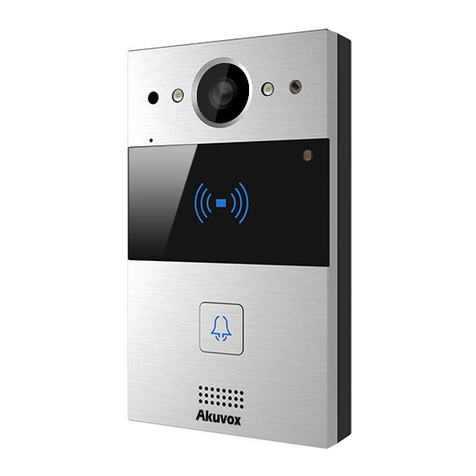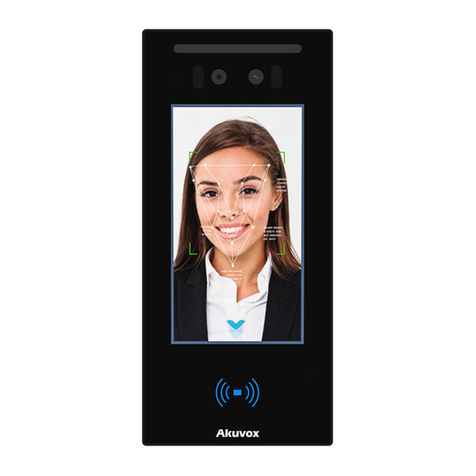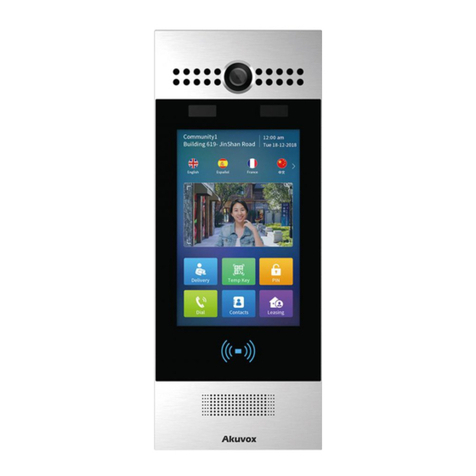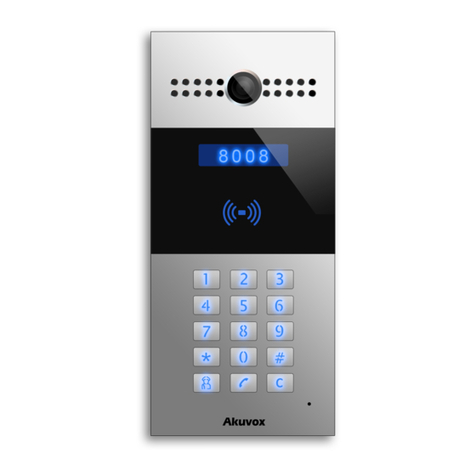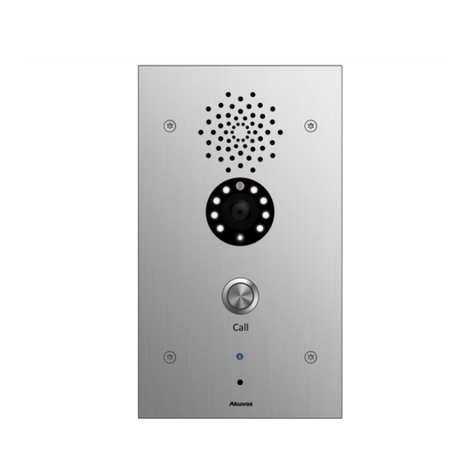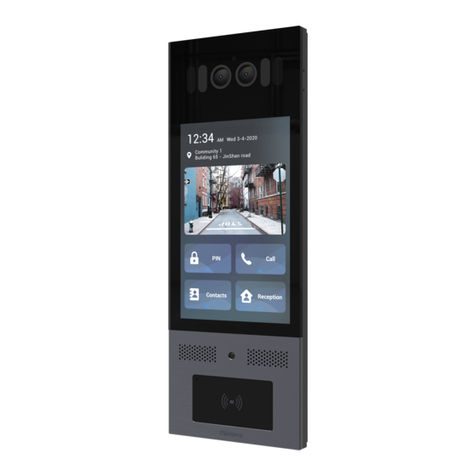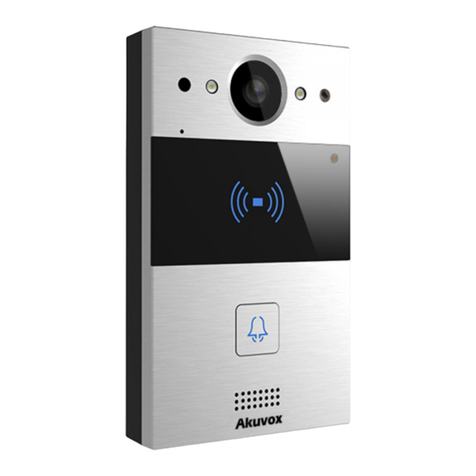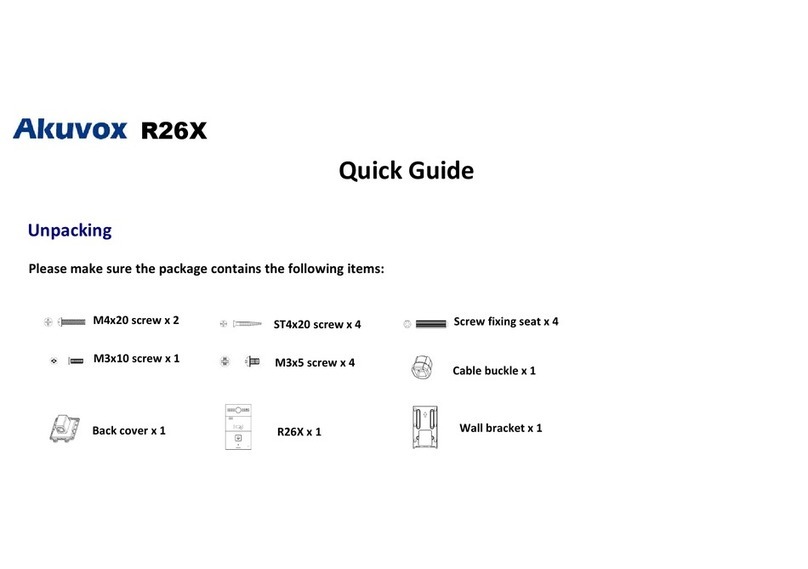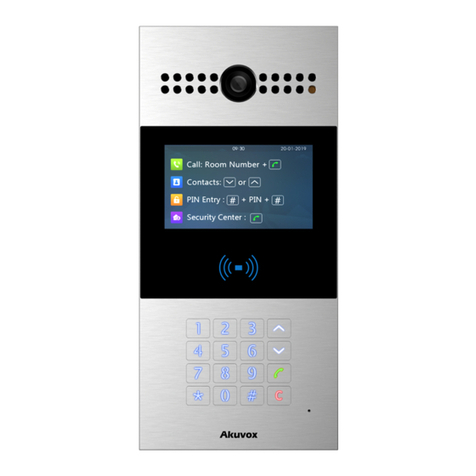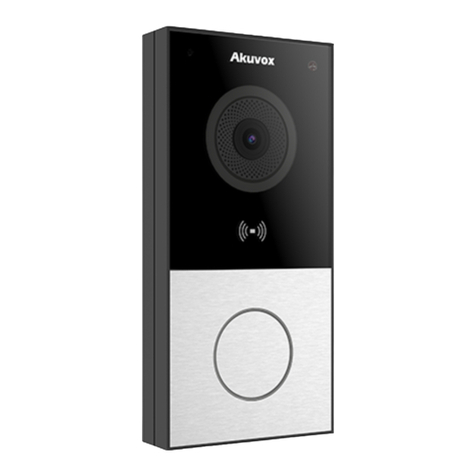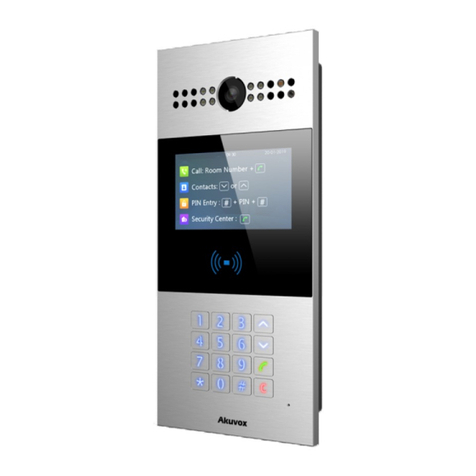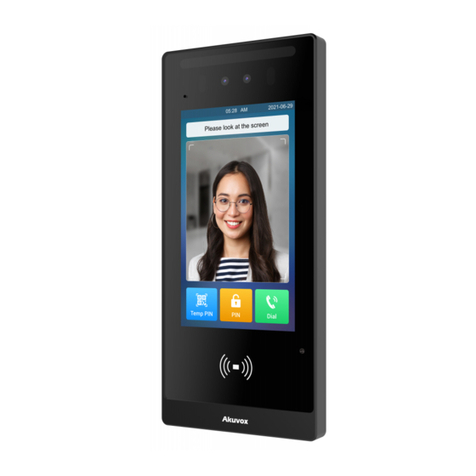
11.4. SIP Server Configuration........................................................................58
11.5. Outbound Proxy Server configuration................................................. 59
11.6. SIP Call DND & Return Code Configuration........................................ 60
11.7. Device Local RTP configuration........................................................... 60
11.8. Data Transmission Type Configuration...............................................61
11.9. Call Setting............................................................................................... 62
11.9.1. Call Auto-answer Configuration................................................62
11.9.2. Auto-answer Allow List setting................................................. 64
11.9.3. Live Stream Setting..................................................................... 65
11.10. Intercom Call Configuration (intercom preview, mute)...................66
11.11. Emergency Call Setting........................................................................67
11.12. Multicast Configuration....................................................................... 68
11.13. Call Forwarding Setting....................................................................... 69
11.13.1. Call Forwarding Configuration on the Device....................... 69
11.13.2. Call Forwarding Configuration on the Web Interface...........71
12. Intercom Message Setting............................................................................... 73
12.1. Manage Messages..................................................................................73
12.2. Configure Voice Message (MWI).......................................................... 74
13. Audio& Video Codec Configuration for SIP Calls......................................... 76
13.1. Audio Codec Configuration................................................................... 76
13.2. Video Codec Configuration....................................................................77
14. Security................................................................................................................79
14.1. Monitor and Image..................................................................................79
14.1.1. Monitor Setting............................................................................ 79
14.1.2. Video Image Capturing............................................................... 80
14.2. Alarm and Arming Configuration..........................................................81
14.2.1. Configure Alarm and Arming on the Device............................ 81
14.2.2. Configure Alarm and Arming on the Web Interface................82
14.2.3. Configure Location-based Alarm..............................................83
